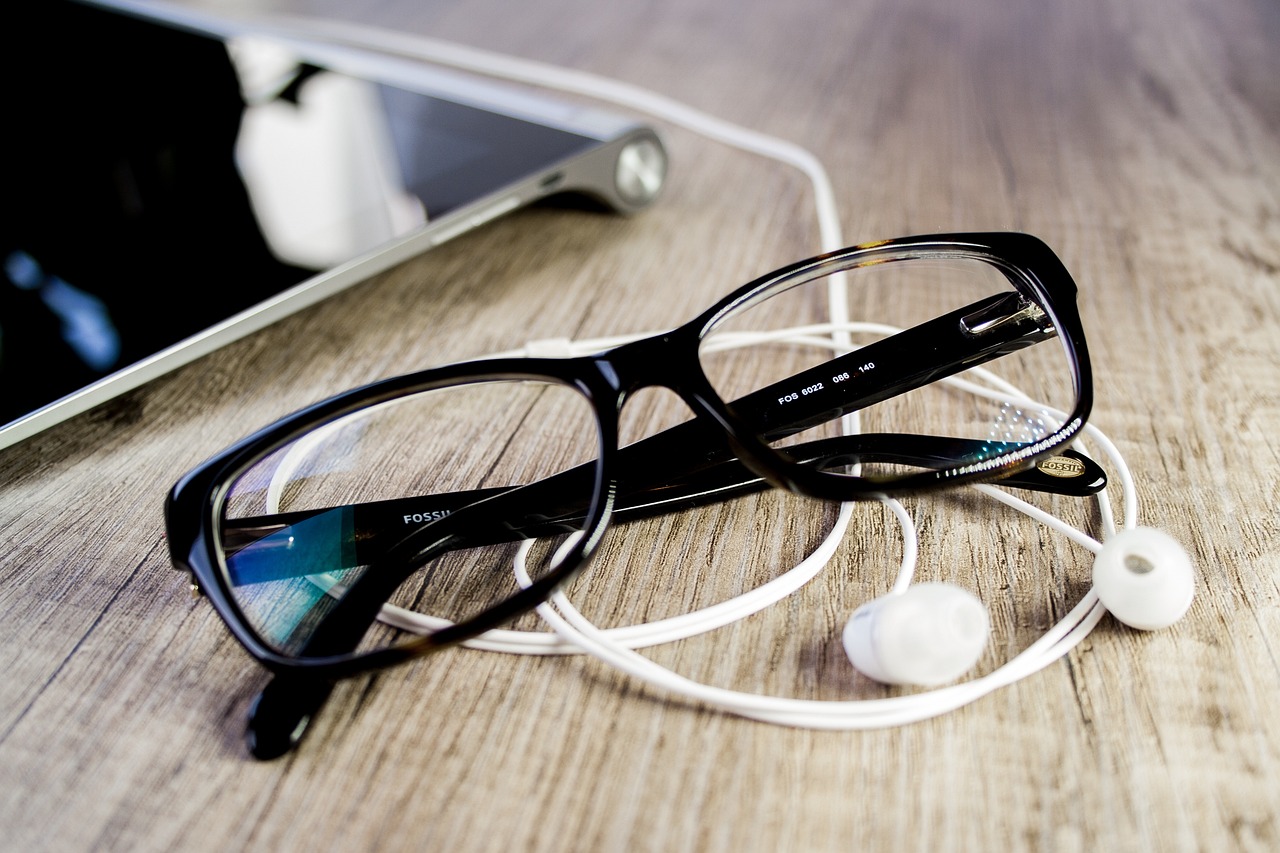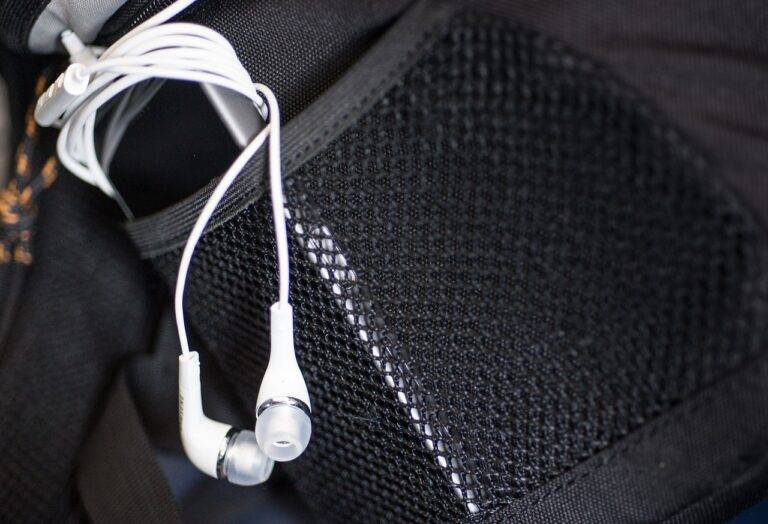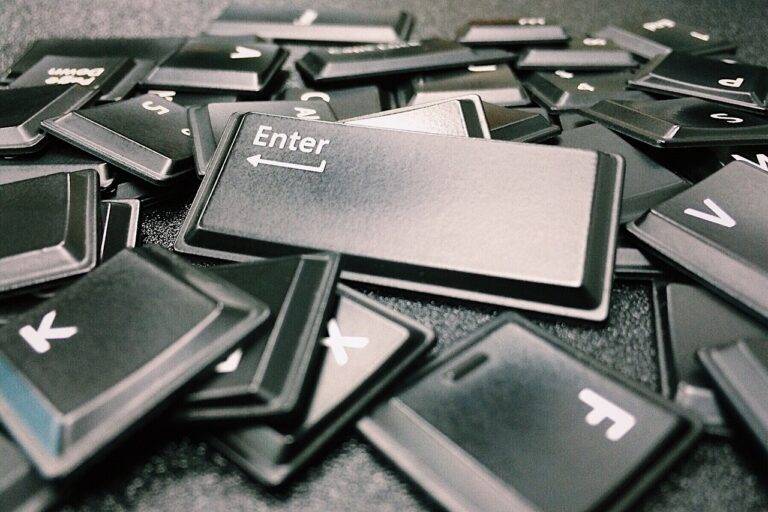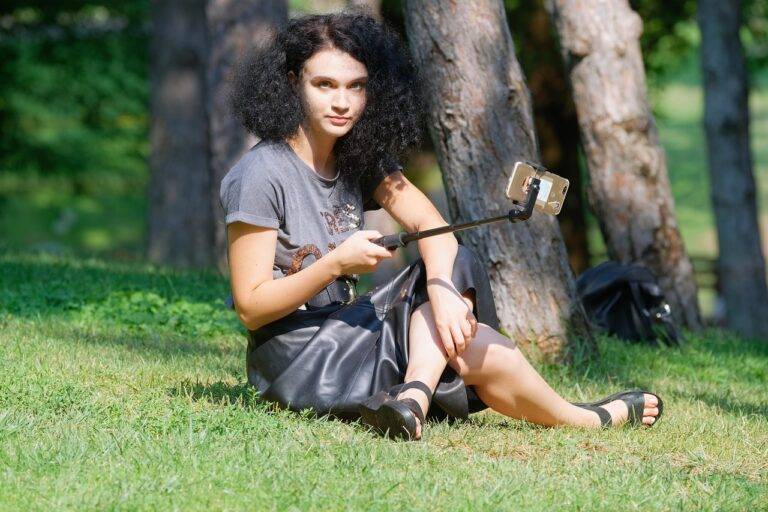Augmented Reality in Science Education: Virtual Laboratory Experiments
Virtual laboratory experiments offer a cost-effective and convenient alternative to traditional hands-on lab sessions in science education. Students have the opportunity to conduct experiments remotely, eliminating the need for physical lab space and specialized equipment. This accessibility allows for more flexibility in scheduling lab activities and accommodates a larger number of students, ultimately enhancing the overall learning experience.
Furthermore, virtual experiments provide a safe environment for students to explore and learn without the risks associated with handling hazardous materials or conducting complex procedures. With virtual simulations, students can repeat experiments multiple times to better understand scientific concepts and improve their critical thinking skills. This iterative process fosters a deeper level of engagement and comprehension, ultimately leading to a more effective and efficient learning experience for students of all levels.
How Augmented Reality Enhances Student Engagement in Science Learning
Augmented reality has revolutionized the way students engage with science learning by providing immersive and interactive experiences. This technology allows students to visualize complex scientific concepts in a more tangible and relatable manner, making learning more engaging and memorable. By overlaying digital information onto the physical world, augmented reality enhances students’ understanding and retention of scientific principles.
Furthermore, augmented reality encourages active participation and critical thinking among students, as they are empowered to explore and manipulate virtual elements in real-time. This hands-on approach fosters a deeper connection with the subject matter and cultivates a sense of curiosity and discovery. By integrating augmented reality into science education, educators can create dynamic and captivating learning experiences that motivate students to delve deeper into the world of science.
What are the benefits of using virtual laboratory experiments in science education?
Virtual laboratory experiments provide students with a hands-on learning experience without the constraints of physical equipment and materials. This allows for increased accessibility, cost-effectiveness, and safety in science education.
How does augmented reality enhance student engagement in science learning?
Augmented reality brings science concepts to life by overlaying digital information onto the real world. This interactive and immersive experience captivates students’ attention, making learning more engaging and memorable.
Can augmented reality be used in other subjects besides science?
Yes, augmented reality can be applied to various subjects to enhance learning experiences. It can be used in history to recreate key events, in mathematics to visualize complex concepts, and in language learning to practice communication skills.
Is augmented reality accessible to all students, regardless of their technological background?
While augmented reality does require access to compatible devices, schools can provide necessary tools and training to ensure that all students have equal opportunities to benefit from this technology. Additionally, there are low-tech alternatives to augmented reality that can still enhance student engagement in learning.
How can teachers incorporate augmented reality into their science lessons?
Teachers can use augmented reality apps, simulations, and 3D models to supplement traditional teaching methods. By integrating augmented reality into lesson plans, teachers can create interactive and dynamic learning experiences that cater to different learning styles and abilities.





